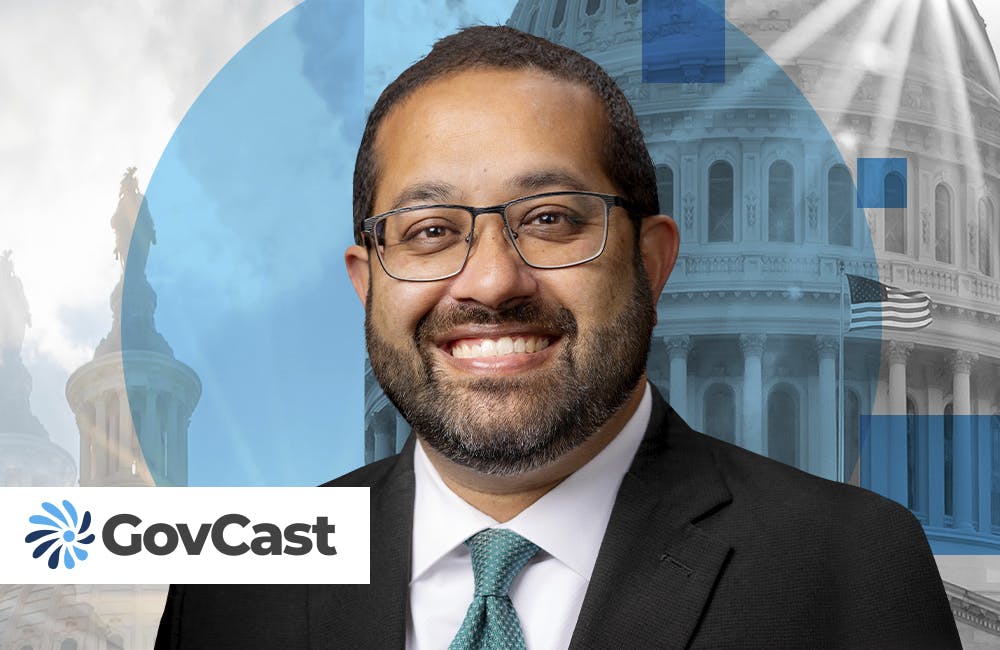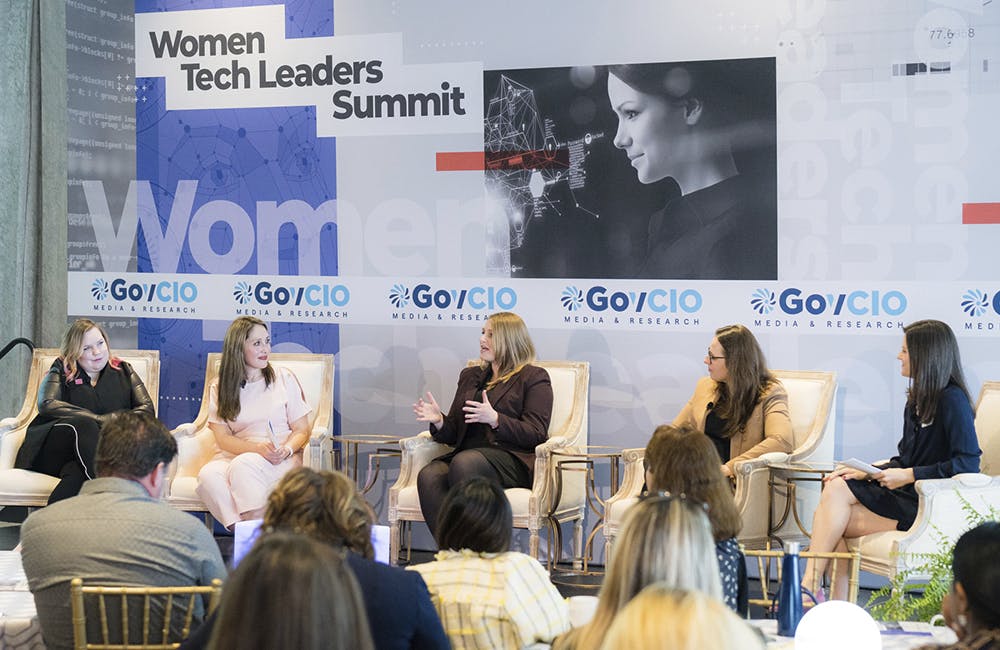Data, Automation Improve Federal Employee Engagement
Agencies are implementing data analytics tools and automated tech services to attract, retain and improve overall engagement among employees.

Federal agencies face considerable difficulties with data insights, especially with workforce shortages and budget constraints. Some teams around government found ways to navigate it all and, in turn, create beneficial experiences for its workforce.
Since 2002, the U.S. Office of Personnel Management has issued the Federal Employee Viewpoint Survey to measure how employees feel about their work and whether critical work experiences are conducive to success. The sheer amount of data from the survey results can be challenging for small teams to derive meaningful outcomes, said Trevor Norris, deputy assistant secretary for human resources and chief human capital officer at the Department of the Treasury during GovExec’s 2019 Federal Workforce and Management Summit last week.
“That really rots our ability to get to greater insights that I think have the ability to help us be really transformational about culture,” he added.
A tool at the National Institute of Diabetes and Digestive and Kidney Diseases called the Employee Viewpoint Survey Analysis and Results Tool (EVS ART) allows agency managers to more easily view OPM’s survey results that lead to more impactful employee engagement and performance strategies.
The tool works off of Excel, collecting and organizing data points from specific, measurable themes in the OPM survey, such as employee engagement and personal perspectives of agency work. It also produces heat maps with color-coded scoring to visualize areas of success and those that need improvement and sorts the survey results further by agency, subagency and organization levels.
”When you talk about low-value and high-value work, instead of analysts throughout all the agencies working tirelessly for weeks and months, you now have a report in five minutes and you get a report in any level of organization that has 10 or more [analysts],” said Camille Hoover, executive officer of the NIH subagency during last week’s event.
Compared to only 41% of the overall federal government workforce who “believe the results of [the] survey will make my workplace a better organization,” 74% of NIH employees agreed to that statement last year.
“You can see from year to year that we have focused and we have measurable results in how we were able to change,” Hoover said.
The tool has received positive recognition from OPM and is currently used at other government agencies.
The Department of Interior has also updated the way it listens and interacts with employees and potential applicants through automation. Starting Oct. 1 through DOI Careers, the agency implemented automated career pathing using video vignettes of careers and quizzes for applicants to take that link to USAJobs opportunities.
“It’s 20 of our mission-critical occupations and four high-density occupations, which is more than 50% of our workforce,” explained Jennifer Ackerman, deputy chief human capital officer and director of the Interior’s Office of Human Capital.
Eventually, the department will have all of its careers available through the platform for its 350 occupations and 2,400 areas in the U.S., she said, but the beginning interest-level engagement with the program has been higher than it’s been in quite some time for the agency. Within the first day of its launch, the automated update website received 9,000 hits — the most visits DOI Careers has had in two years.
“Tools and technology will allow us to turn our attention toward developing more frequent interactions with employees — whether it’s poll surveys, telephone surveys, town hall meetings with real-time back-and-forth. But also, to pay attention to different segments of the workforce, not just organizationally,” said the Treasury’s Norris.
Furthermore, acquiring and procuring tech to sort through data like this could improve how agencies prepare and handle, perhaps even mitigate, unexpected events that could harmfully disrupt employee engagement, such as the government shutdown earlier this year.
“Anyone you talk to who’s a Fed wants to make a difference — that’s why they come in. That’s why they stay,” Norris said.
“I think what’s most important is that while that’s in the background, we continue to do things to make sure the people in the organization know that we are communicating with them, we are telling them what’s happening in real time, they see senior leaders engaged and involved, and that we continue to keep doing things to try to help them grow and develop. We don’t get distracted with the engagement activity that we’re doing just because of the noise in the background,” he added.
This is a carousel with manually rotating slides. Use Next and Previous buttons to navigate or jump to a slide with the slide dots
-

DOD Has a New Cyber Resiliency Assessment Program
Defense officials tout the continuous assessment feature and scalability of the new program amid increased cyber threats.
5m read -

Transitioning Systems for Modern Agency Missions
IT modernization is a constant process necessary for improving customer service, mission delivery and collaboration.
40m watch -

Cyber Resilience and Recovery Amid Evolving Cyber Threats
Data durability is a key aspect of NIST’s cybersecurity framework for public and private organizations.
21m listen -

How Tech Enables Environmental Justice at EPA
The agency wants to eliminate bias and establish new tech standards to reduce greenhouse gas emissions.
39m listen







